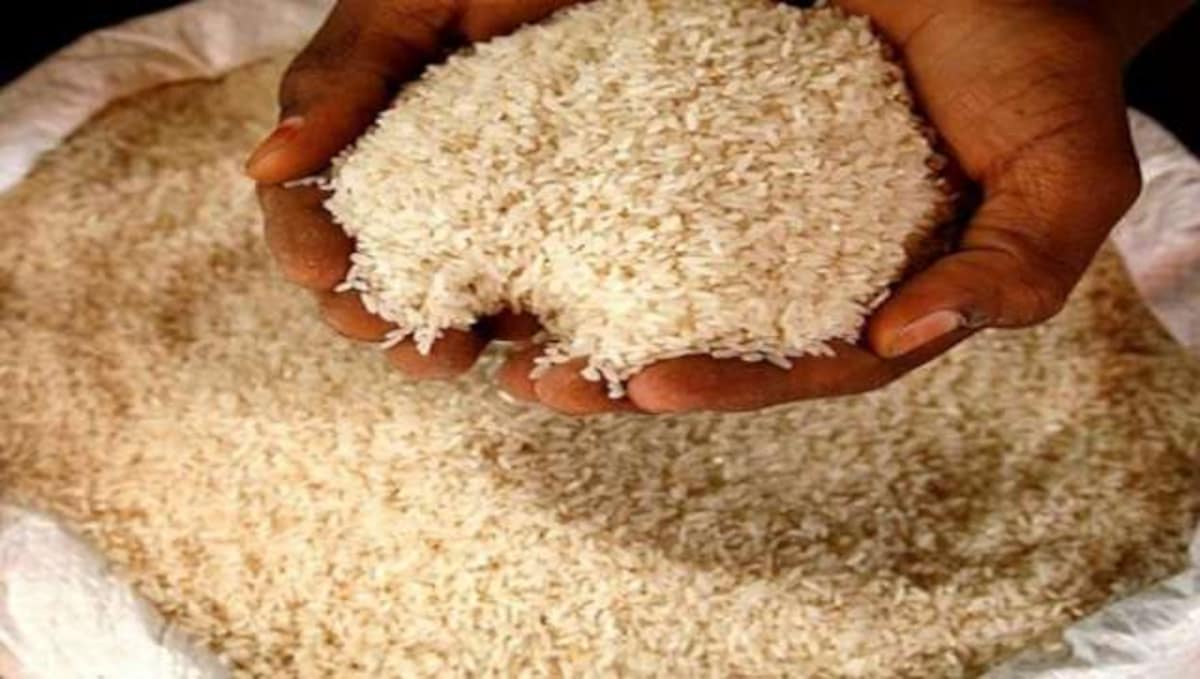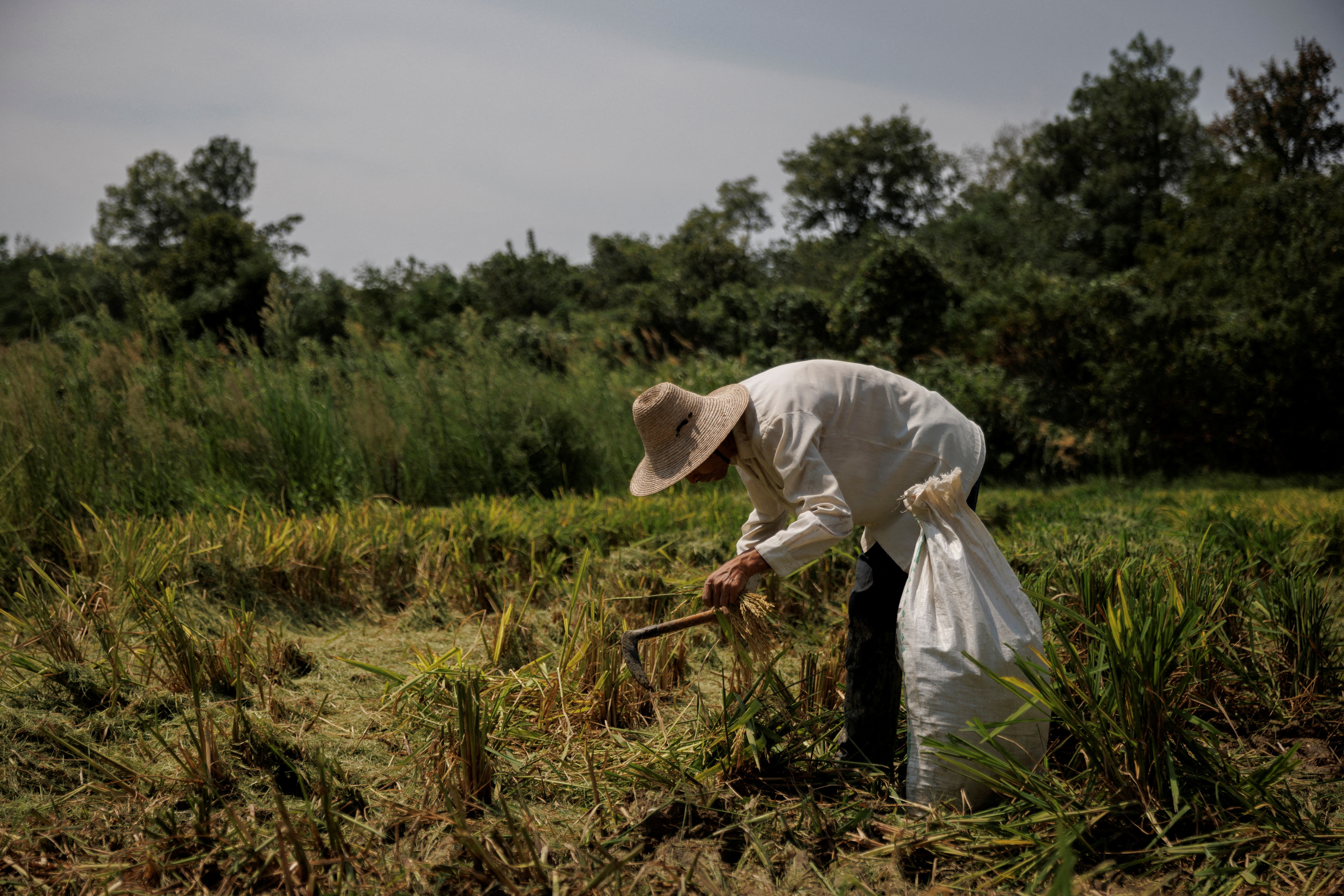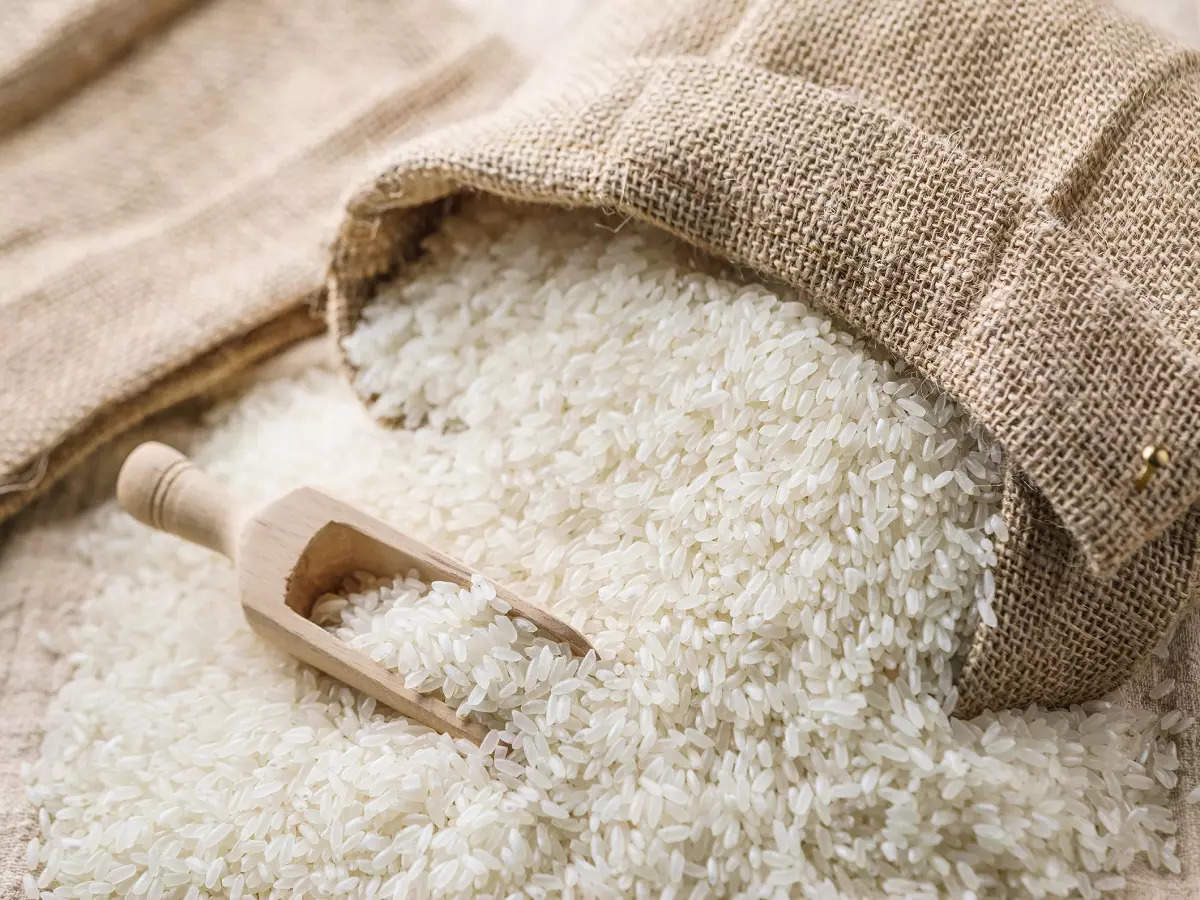Indian rice export restriction to end a decade of stable prices

Indian rice export curbs end a decade of stable prices
Rice growing in India was hampered by uneven monsoon rainfall, which led to export limitations in September. Floods also reduced Pakistan’s output, despite rising consumption in major importers like Bangladesh and the Philippines. Because of this, experts predict that in 2022–2023, worldwide demand will exceed global output.
After more than a decade of stability, India’s new restrictions on rice exports might spark a surge in world prices, according to traders, as New Delhi’s protectionist stance coincides with declining supply in other key countries and growing worldwide demand.
Rice growing in India was hampered by uneven monsoon rainfall, which led to export limitations in September. Floods also reduced Pakistan’s output, despite rising consumption in major importers like Bangladesh and the Philippines. Because of this, experts predict that in 2022–2023, demand will be greater than supply.
This is terrible news for the Asian and African nations that rely heavily on rice imports, with some of them getting as much as 60% of their needs met.
Since the world’s largest rice producer, India, prohibited the export of broken rice and imposed a 20% export tariff on select non-basmati kinds, rice prices have increased by more than 10%. The worldwide price of rice increased 2.2% last month to reach an 18-month high, according to the Food and Agriculture Organization.
Nitin Gupta, vice president for the rice business of Olam India, predicted that the global market will continue to grow. Following the COVID-19 production and supply chain disruptions, which made it difficult for governments worldwide to control food inflation, Russia’s invasion of Ukraine resulted in the removal of millions of tonnes of food products from the world market, which caused inflation to reach a record early this year.
However, business and government authorities in Asia predicted that rice prices would remain stable due to adequate supplies before India enforced its export restrictions a few months ago.

Because neither Russia nor Ukraine is a major producer of wheat, rice was spared from the conflict. Additionally, rice supplies had remained mostly stable during the COVID-related interruptions that had affected the supply of other goods. But now, India’s export restrictions and broad output losses are being compensated by insufficient stockpiles held by leading exporters Thailand and Vietnam. Three international merchants predicted that, based on internal calculations, the world’s rice stocks might reach their lowest level in at least five years in 2023.
Given that India controlled 40% of the world’s commerce, Gupta claimed that it would be difficult for other countries to replace dropping Indian shipments while import demand was on the rise.
LOWERED OUTPUT FORECASTS

The United States Department of Agriculture (USDA) has decreased its projection for world rice output for 2022–2023 to 508 million tonnes, the lowest level in four years. The EIA had predicted 512 million tonnes of production for the entire year only one month prior.
However, because of the adverse weather conditions that threaten crop harvests in nations like China, India, Bangladesh, and Pakistan, some of the largest global trading firms anticipate a steeper reduction to roughly 500 million tonnes.
Due to dry circumstances, many Indian farmers chose not to plant any rice, and after torrential rains destroyed the maturing paddy fields, there were worries about food inflation. According to the agricultural ministry’s prediction from September that India’s output of summer-sown rice will decline by 6% to 105 million tonnes in 2022–2023, private merchants predict the number might even drop to 100 million tonnes.
According to Shanghai JC Intelligence Co Ltd, a consultancy increased heat and dryness in some rice-growing regions might cause China, the world’s largest consumer of grain, to see a 2.9% decrease in rice production from a year ago to 206 million tonnes.
This represents a significant improvement over the previous year when India’s record 21.2 million tonnes of rice exports—30% less expensive than those of rival suppliers—helped to stabilize global prices while other food commodities experienced sharp price increases as a result of supply disruptions.
Following the September ban, India’s rice exports are anticipated to decrease by almost 25% this year.
SEASONAL FALLING DOWN

According to B.V. Krishna Rao, president of India’s Rice Exporters Association, nearly all major producers are hampered by decreasing rice yield, and supply would certainly fall short of demand globally.
According to Rao, India’s export limitations have increased sales for rival suppliers Vietnam, Thailand, and Myanmar but have decreased the amount of surplus stock that may be exported.
Government statistics predict that Vietnam’s production of unmilled rice will remain constant at 43 million tonnes from the previous year.
Anucha Burapachaisri, a government spokesperson, stated that neighboring Thailand plans to export 7.5 million tonnes this year, an increase of nearly 7% from its earlier goal of 7 million tonnes. The two together can only supply an additional 2 million tonnes of rice to make up for the shortage caused by India, according to dealers.
Pakistan’s crop was severely damaged by heavy floods, thus it is unable to benefit from India’s export restrictions. The USDA predicts a potential 18% decline in rice production to 7.4 million tonnes.
In addition to India, other Asian producers like China, Bangladesh, and the Philippines also suffered from unfavorable meteorological conditions such as cyclones, typhoons, flooding, and drought.
According to Himanshu Agarwal, managing director of Satyam Balajee, India’s largest rice exporter, “the extraordinary convergence of events in Asia will adversely hurt customers in many areas of the world. Many poor consumers would either have to buy much more costly, higher grades or go without rice.”
edited and proofread by nikita sharma




